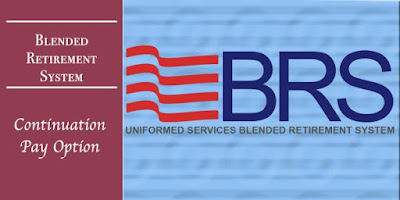Before you create your 2018 New Year’s
Financial Resolution goals, make sure you’ve spent the time to track your
monthly or annual expenses so you know your current financial position. Every December, I create financial goals for
the next year. Additionally, I make
stretch goals which require hard work, research, risk, and luck to
achieve. 2017 has been the first year
I’ve made all my stretch goals. Here are
my 2018 New Year’s Financial Resolution goals.
- Max out my IRA. This is the first thing I do every year. There’s a small debate whether it’s good to save the previous year so you can fund your IRA the first day of the new year or use new year money to fund it. This is a silly debate to me. The key is to take advantage of the small pittance of non-employer provided tax sheltering the [oppressive] government allows us to take. When you do it in the tax year doesn’t really matter—only the investments you make with that money determine your return.
- Increase emergency savings account/short-term cash savings. As my net worth increases, so does my desire to have money in a money market or high-yield savings account. I also save for any short-term goals I have that year requiring access to cash. I come from a poorer immediate family with little support from extended family. This requires me to be more conservative with emergency savings accounts. If you have a stronger support network, you can join the ever-popular movement foregoing emergency savings accounts.
- Save at least $X from each paycheck. Most people prefer the “pay yourself first” method where you save money before doing anything else. To meet my stretch goals, I usually reduce dining out expenses or find other ways to save money like reducing my monthly bills. Excluding my mortgage payments, my 2017 savings rate was 38%--58% if you include my mortgage. I plan to increase the savings rate in 2018.
- Increase passive income from previous year by 25%. I don’t actively seek to increase the passive income because it depends on how well my long-term mutual funds do and distribute at the end of the year; if my short-term stocks are dividends stocks; and how much I put into savings and bond funds depending on my allocation percentages. As stocks go up, I put more in bonds and as stocks go down, I sell out of bonds and buy quality stocks at cheaper prices. I f I have a lot in bonds, I’ll earn more interest.
- Increase Net Assets to $X. This is my furthest of a stretch goal. It requires 12% or greater returns on nearly all my investments. 2017 was the first year I’ve met and exceeded this stretch goal because of good stock returns and the massive increase in my cryptocurrency portfolio. Bitcoin alone made up nearly 20% of my net asset gain this year. The only asset that didn’t significantly increase was my home equity. Despite a year’s worth of mortgage payments, the housing prices barely moved in my location.
What are your financial goals in
2018? If you need help, leave a comment
and we’ll create some together.




